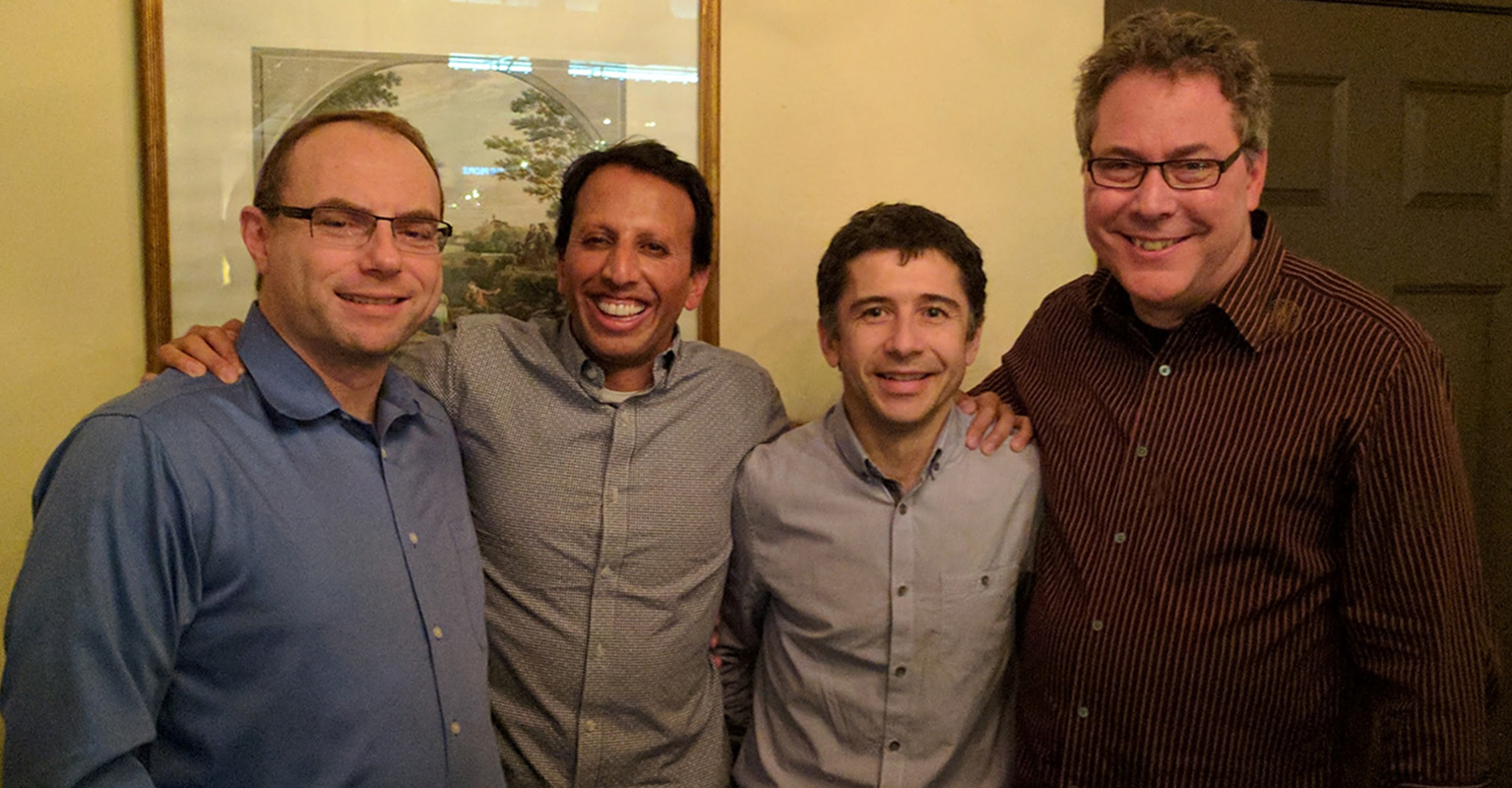At a series of events in the summer of 2014, I gave a presentation on how the era of “big data” would give way to the era of “dataware”. Audiences were more skeptical than inspired by the presentation, but at the time the idea of software becoming dataware or data silos being transformed into intelligent applications felt distant and abstract. That is no longer the case. Seven years later, the rise of intelligent applications is upon us and the evidence is all around us.
What is an “intelligent application” anyway? Five years ago, I tried to define it in Techcrunch. From that article:
“We can think of the intelligent application as a three-layer cake where there is data at the base, machine learning in the middle and the intelligent apps on top.
“You can push the insights generated by ML into these automated SaaS (Software as a Service) applications in real-time to do more intelligent things, whether in my travel and expense report, personalizing offers to customers, or in help-desk situations like ZenDesk is doing.”
In the past several years, we have learned a lot about intelligent apps and the ecosystem necessary to build and maintain them. Four core learnings are::
- The data ingestion, preparation and management challenges that feed intelligent applications are even harder than expected! In many cases, this can slow down the adoption of the applications at enterprise customers.
- Data models are data hungry which leads to questions about data (and metadata) ownership, location, governance, and usage rights that are only beginning to be understood across a broad mix of use cases and business models.
- Deployable ML models are dynamic and can create a positive flywheel of value. These models are in continuous need of training, monitoring and refinement and require optimizations based on where and how they are expected to run. But, if you commit to making a long-term investment, you can create sustainable advantages.
- The applications that embed these models deliver an impact far superior to “software-only” applications. This impact will lead to massive disruption in the software infrastructure, application, and services sectors in the years ahead.
The unifying theme here is that intelligent apps rely on a pipeline leveraging cloud platforms often from Cloud Service Providers (CSPs) like Amazon, Microsoft, and Google. These CSPs have been actively building infrastructure and automated processes to support model development and also offer finished applications that deliver their own intelligent apps. But they are far from owning this space.
The CSPS have the opportunity to participate at every level of the intelligent application ecosystem and in many respects they do today. I believe they will increasingly need to offer a solutions platform for end customers that includes BOTH first-party and third-party services. These CSPs will need to continue investing in and expanding the ecosystem of partners including professional services partners, enabling technology partners, data partners and ultimately intelligent applications to succeed.
Madrona has been investing for almost a decade in founders and their companies that are seeking both to innovate at different “horizontal” layers of the intelligent applications stack and more vertical intelligent applications. Horizontal examples have included Snowflake (SNOW), Turi (acquired by Apple), UIPath (PATH) and OctoML. At the “intelligent application” level, we have invested in companies including Highspot, Amperity, Clari, and Ozette. The latter is part of a rapidly expanding area of intelligent applications in the life sciences.
We continue to see growth in different ways for these companies through later stage fundraises, PE buy outs and acquisition by some of the CSPs as they move up the stack. Yesterday, DataRobot announced their acquisition of horizontal MLOps service Algorithmia. This morning, Microsoft announced their purchase of vertical intelligent application Suplari.
The global transformation unlocked by the power of intelligent applications in areas as diverse as logistics, life sciences, enterprise sales and agriculture are just beginning. We congratulate the founding teams and companies that are already having a substantial impact on the world and look forward to partnering with more entrepreneurial teams in the months and years ahead!

